Antibiotic advertising guide for veterinarians
Advertising of restricted antibiotics to end users is no longer permitted under the Agricultural Compounds and Veterinary Medicines (ACVM) Act and this aligns with the change to the Veterinary Council of New Zealand’s (VCNZ’s) Code of Professional Conduct (Veterinary Medicines) that prohibits veterinarians from advertising these products to end users.
This change has been made to facilitate further the judicious use of such products and contribute to the management of antibiotic resistance. By doing so this will help preserve antibiotics and meets New Zealand’s international obligations and trading partners’ expectations.
While the change to the VCNZ’s Code of Professional Conduct commences on 1 January 2020, the change to relevant registrations under the ACVM Act (by amendment to their conditions of registration – condition 58) is now in effect. If you are unsure whether an antibiotic has condition 58 or not, please check the antibiotic trade name product in the ACVM register at https://eatsafe.nzfsa.govt.nz/web/public/acvm-register.
Veterinarians play an important role in management of antibiotic resistance. NZVA’s Judicious Use Guidelines are part of the toolkit that has been provided to support veterinarians.
The ACVM team of New Zealand Food Safety are currently reviewing its 'Advertising guidelines for products registered under the ACVM Act (the Guideline)'. Part of the review is to update the guidelines to consider this change for advertising of restricted antibiotics. It will be available during 2020.
Remember, transfer of information is allowed; advertising is not. Because the ACVM advertising guideline is being updated, the NZVA has consulted with ACVM and VCNZ. We have provided the following principles to refer to in the interim. This is indicative only and not an exhaustive list. These principles are subject to discussion in the working group (NZVA is a member) and may change once the ACVM guideline is finalised.
- Newsletters, fliers, in-clinic information
- Information transfer is acceptable
- How antimicrobials work – ACCEPTABLE
- Antibug© works like this - UNACCEPTABLE
- Trade names should not be used in any information provided to end users.
- Scenarios that describe reasons for antimicrobial use might be appropriate
- Antibiotics may be part of the treatment plan for the disease - ACCEPTABLE
- Antibug© may be used for treatment – UNACCEPTABLE
- Information transfer is acceptable
- Merchandise
- Registrants will not be able to supply antimicrobial-branded merchandise to veterinarians, is this is seen by the end user
- Should such merchandise be prohibited, it is unlikely to apply retrospectively.
- Clinic stock
- Stock piling antimicrobials in clinic (e.g. buckets of dry cow) in plain view of end users is likely be unacceptable in the new guideline
- This is in line with international standard regarding veterinary medicines being held in plan view of the general public
- Electronic content
- Websites cannot allow end user access to antimicrobial information that contain trade names
- Pop up electronic advertising must not include antimicrobials
- Screen savers, sleep screen etc must not advertise products.
This is not a comprehensive list, but intended to give an indication of things that must be considered.
The 'Advertising guidelines for products registered under the ACVM Act (the Guideline)' ACVM Act is the authority document, and it will be shared as soon as it is finalised.
